The artist Henrique Oliveira uses old plywood, fencing and PVC as his medium. Recycled from dumpsters and landfills from his home city, São Paulo, Oliveira shapes plywood around PVC forms.
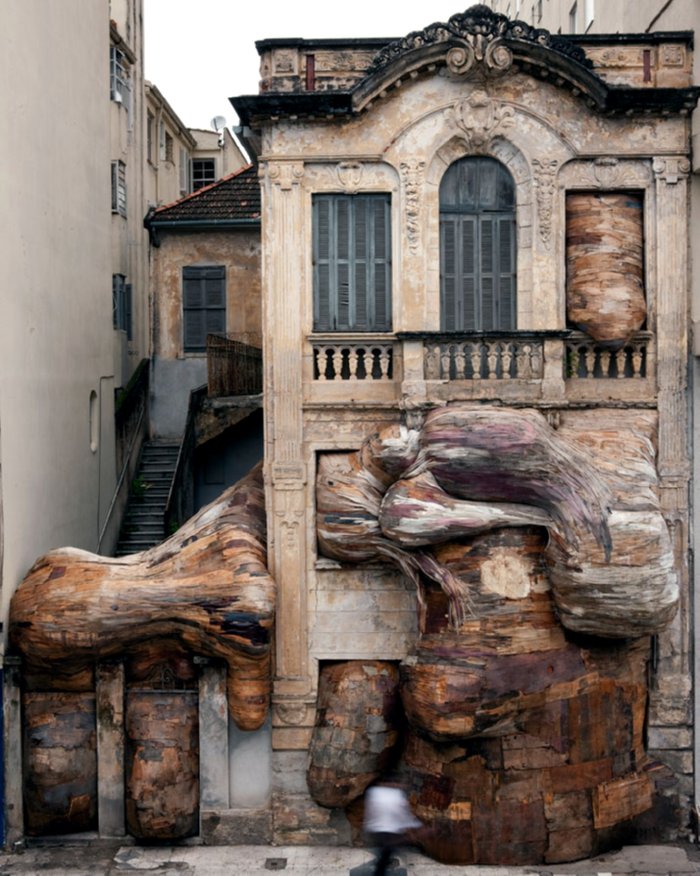
Casa dos Leoes, 2009 Biennial, Porto Allegre, Brazil.
Turning a house into a sculpture.
www.henriqueoliveira.com
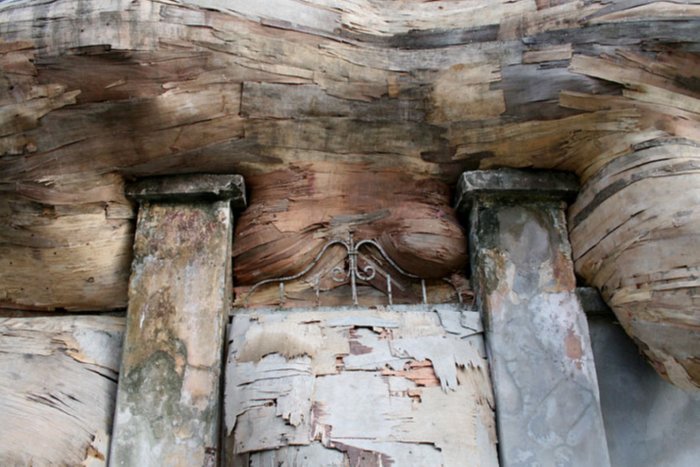
Casa dos Leoes, 2009, detail.
Brazil in Portuguese is Brasil.
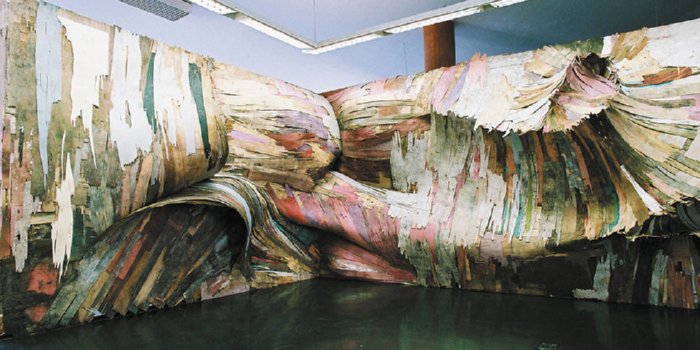
Tapumes, 2006, Funarte, Rio de Janeiro.
Temporary wooden construction fences are ubiquitous in Brasil.
Tapumes, detail, 2006, Funarte, Rio de Janeiro.

Xilonoma Chamusquius, 2011.
His forms burst from the gallery’s walls.
3.3m x 4.4m x .9m.
Xilonoma Chamusquius, 2011, detail.
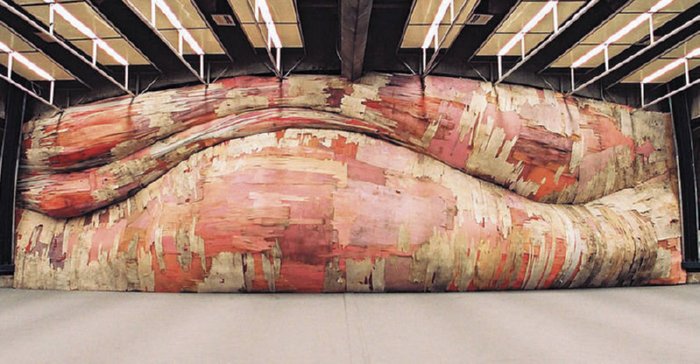
Tapumes (siding/fence), 2006.
Centro Cultural Sao Paulo, 3.5m x 12m x 1.5m
Tapumes (siding/fence), 2006, detail.
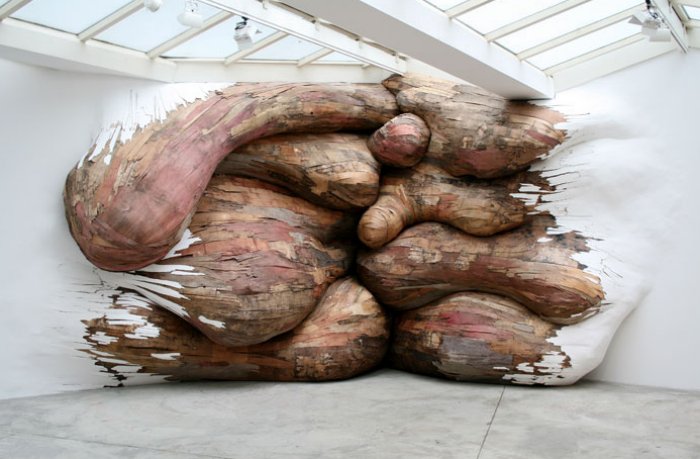
Tapumes 2008. (Old siding/fence)
Galerie Vallois, Paris, 3.2m x 6.2m x .9m.
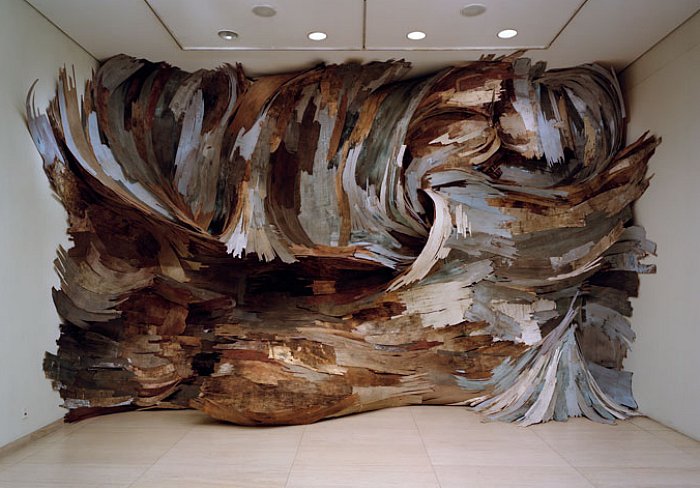
Turbilhao para Turner, 2007.
4.35m x 7m x 2m
Turbilhao para Turner, 2007, detail.
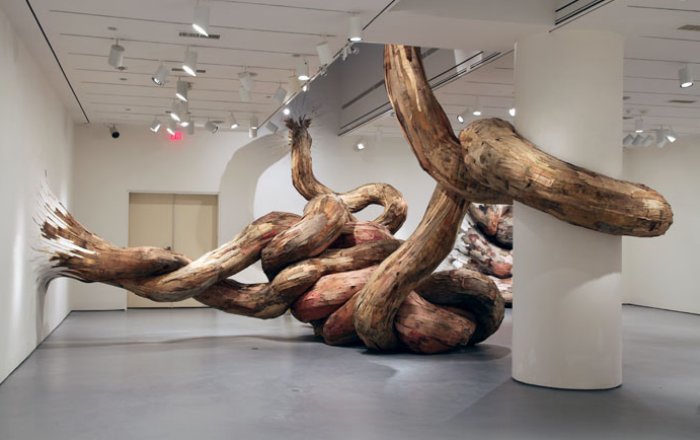
Bololo, 2011, Smithsonian Museum of African Art.
4.3m x 9.2 m x 7.6m.
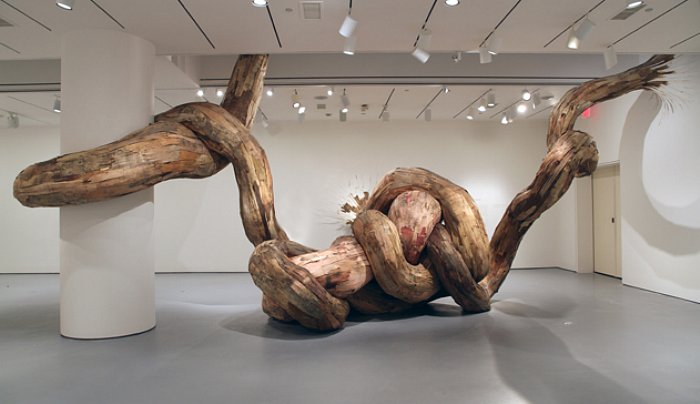
Bololo, 2011, Smithsonian Museum of African Art.
4.3m x 9.2 m x 7.6m.
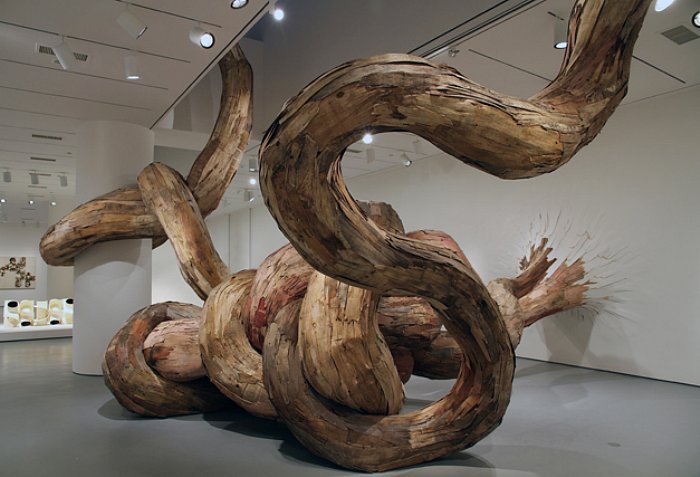
Bololo, 2011, Smithsonian Museum of African Art.
4.3m x 9.2 m x 7.6m.
Tunnel (entrance) 2007, Instituto Itau Cultural.
Tunneling into the gallery wall.
Plywood, PVC and wax, 2m x 30m x 3m.
Tunnel (interior) 2007, Instituto Itau Cultural.
Triptico, 2008.
2.7m x 5.5m x .75m
Triptico, 2008, detail.

Tapumes, 2009, Rice Gallery, Houston.
4.7m x 13.4m x 2m.

A Origem do Terceiro Mundo, (exterior) 2010.
(The Origin of the Third World), San Paulo Biennial, 4.9m x 45m x 5m

A Origem do Terceiro Mundo, entrance, 2010.
San Paulo Biennial, 4.9m x 45m x 5m
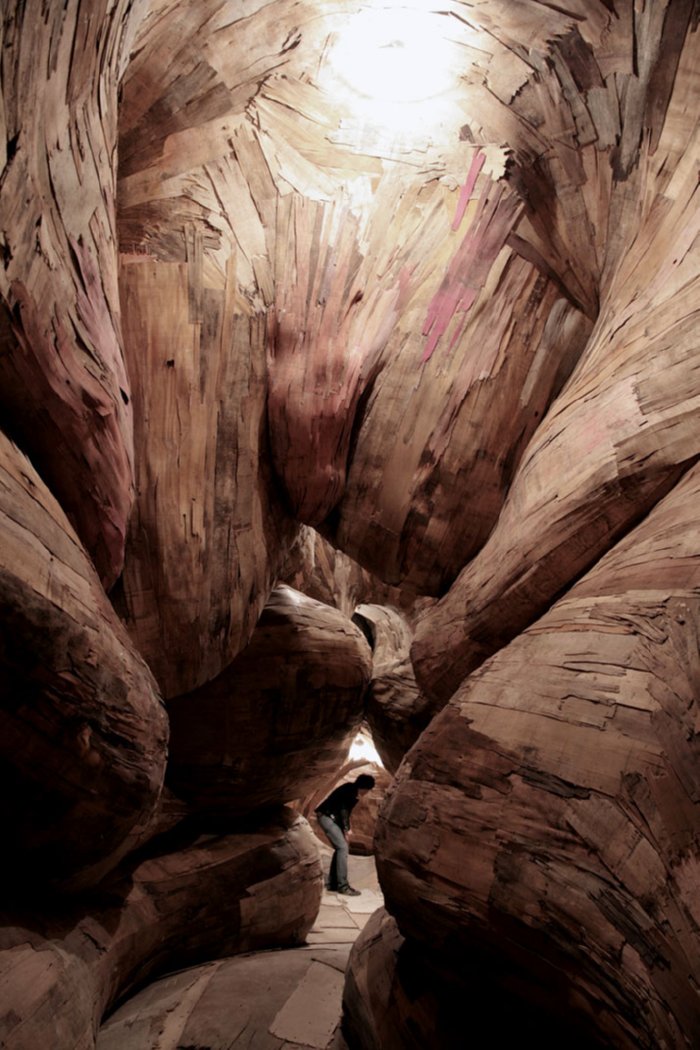
A Origem do Terceiro Mundo (The Origin of the Third World) 2010.
www.henriqueoliveira.com

A Origem do Terceiro Mundo, (inside) 2010.
San Paulo Biennial, 4.9m x 45m x 5m
A Origem do Terceiro Mundo, (inside) 2010.
San Paulo Biennial, 4.9m x 45m x 5m
Xilempasto, 2010.
2.7m x 4m x .74m
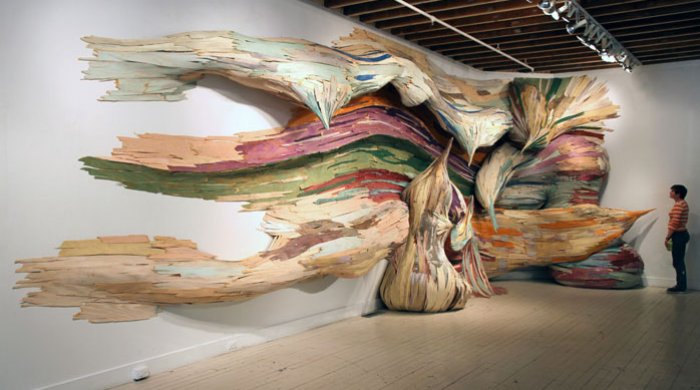
Untitled (touch), 2011
Boulder Museum of Contemporary Art, Boulder
plywood and pigments, 11m x 3.5m x 1m
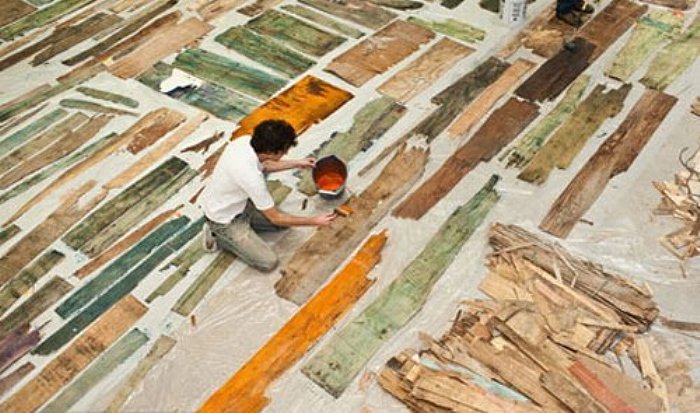
Henrique Oliveira
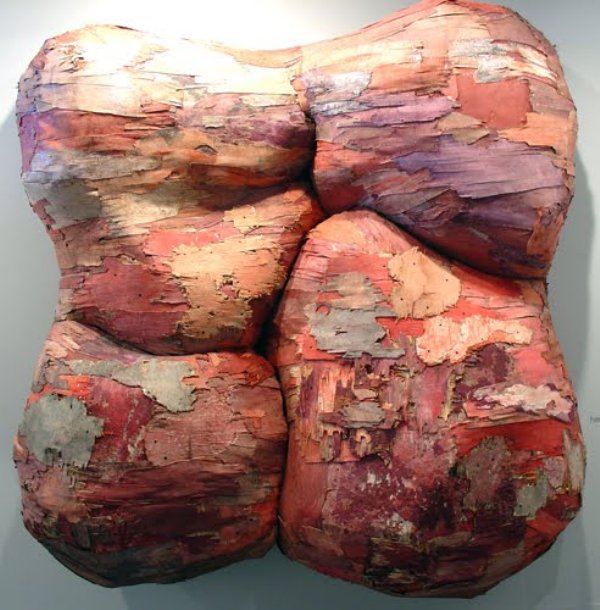
Caroco, 2008.
2m x 3m x .75m.
Cacambocitose, 2009, wood and metal. 2.3m x 3.8m x .9 meters.
www.henriqueoliveira.com
Cacambocitose, 2009, detail.
Untitled, 2005, 1.m x 1.4m.
He also paints>
Henrique Oliveira was born in Ourinhos, Brazil in 1973. He received a BFA in painting in 2004 and a masters in visual poetics in 2007 from the University of São Paulo, Brazil. He lives and works in São Paulo. Oliveira uses salvaged wood collected from the streets of São Paulo to create massive scale, site-specific installations with dense layers that twist, curve, bend, and split. Oliveira uses tapumes — which in Portugese can mean fencing, boarding, or enclosure — as a title for many of his large-scale installations. The term makes reference to the temporary wooden construction fences seen throughout the city of São Paulo where Oliveira lives.
Henrique’s breakthrough occurred when he was a student at the University of São Paulo, where for two years the view from his studio window was a wooden construction fence. Over time Oliveira began to see the deterioration of the wood and its separation into multiple layers and colors. One week before the final student show opened, the construction was finished and the worn out plywood fence was discarded. Oliveira collected the wood and used it in his first installation. henrique-oliveira
Henrique Oliveira’s solo exhibitions outside Brasil
2011 Boulder Museum of Contemporary Art, Boulder, EUA.
2010 Colagens – Alejandra von Hartz Gallery, Miami, U.S.A.
2010 Galeria Silvia Cintra & Box 4 – Rio de Janeiro, Brasil.
2009 Tapumes – Rice University Art Gallery – Houston, EUA.
2009 Flying Circus Gallery – Monterrey, México.
Group exhibitions outside Brazil:
2011 Artists in Dialogue 2: Sandile Zulu and Henrique Oliveira – Smithsonian National Museum of African Art, Washington, D.C.
Residencies:
2010 The Fountainhead Residency – Miami, EUA.
2009 Artist Research Fellowship (bolsa de pesquisa) – Smithsonian Institute – Washington DC, EUA.
2008 Cité Internationale des Arts – estúdio residência – Paris, Françe.

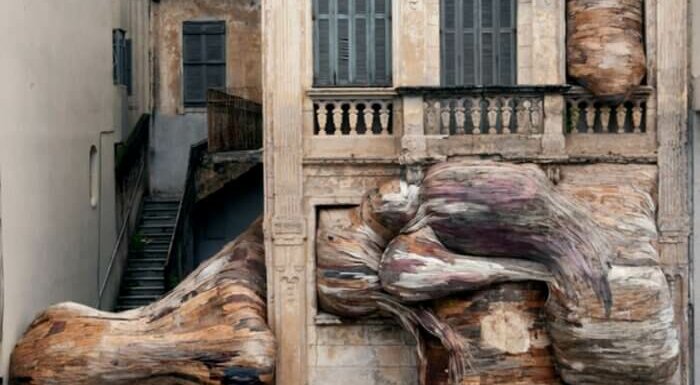
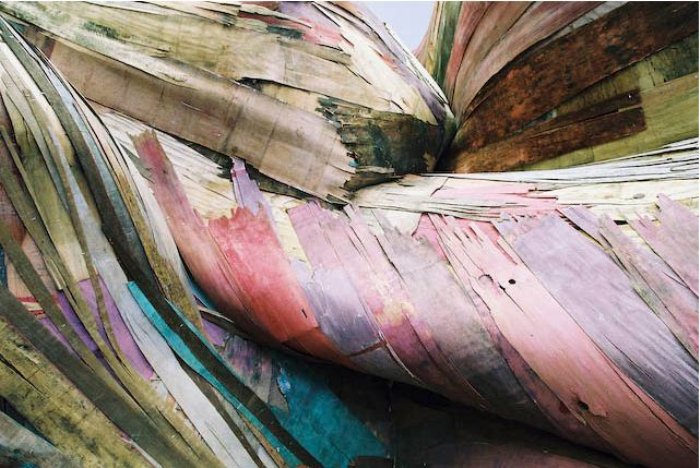

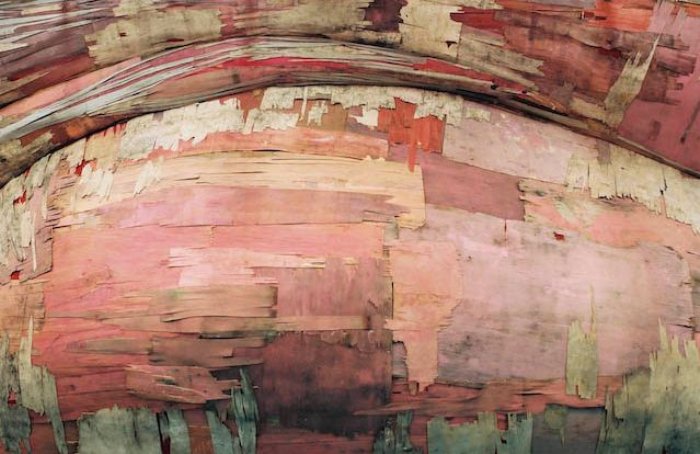
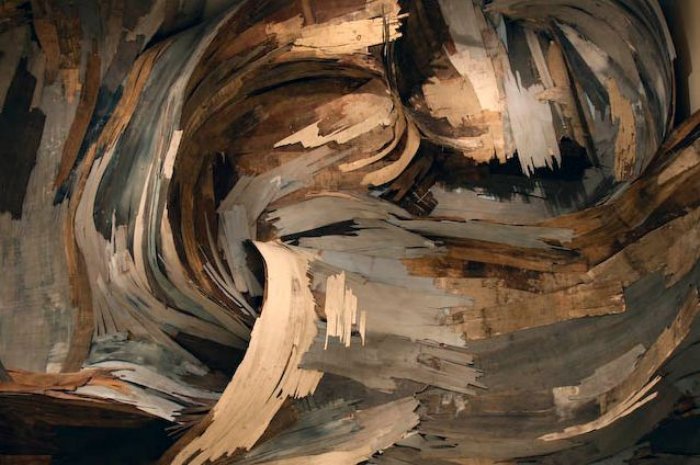
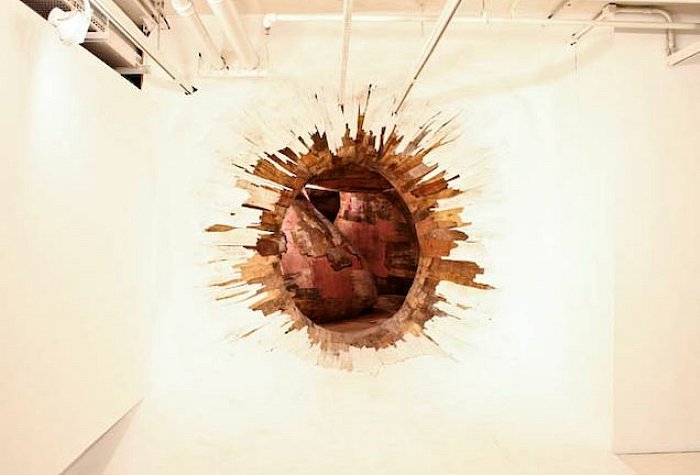
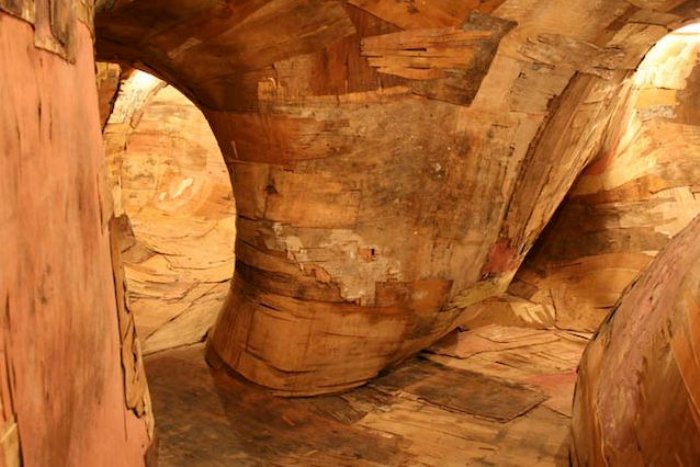
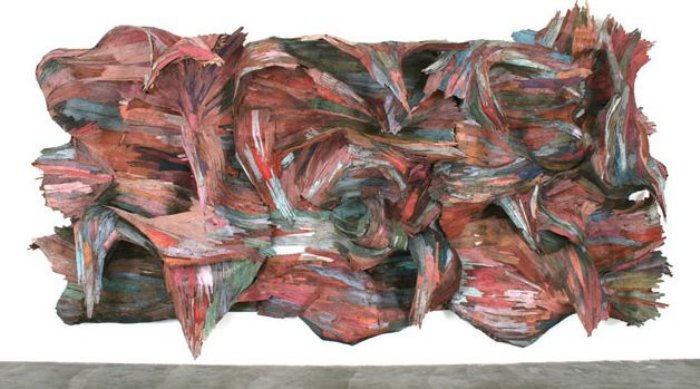
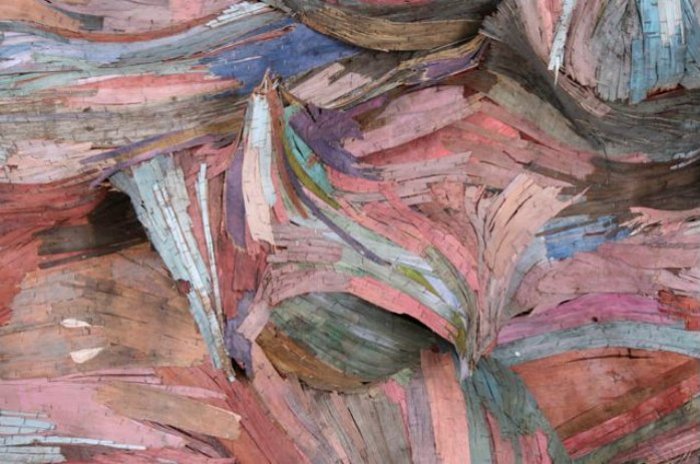
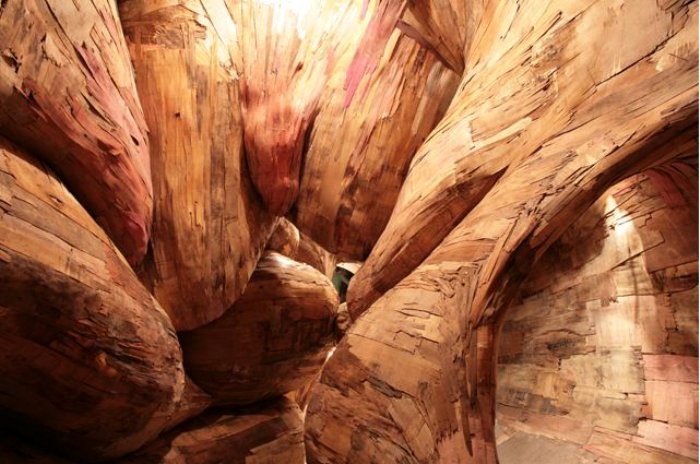
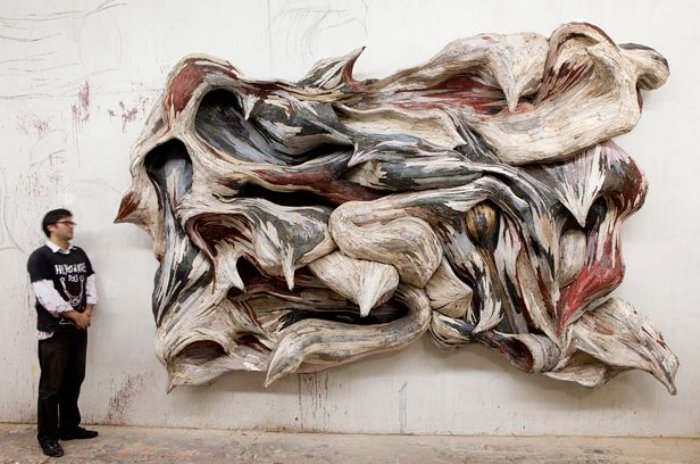
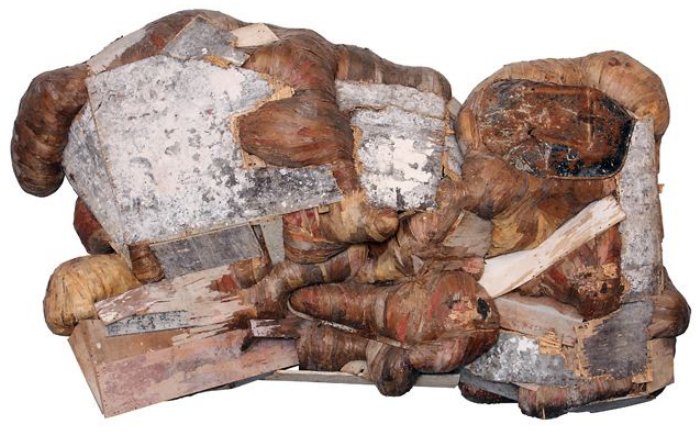
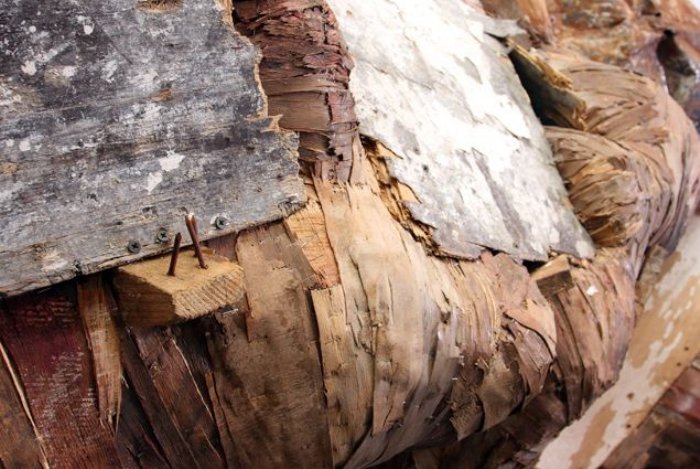
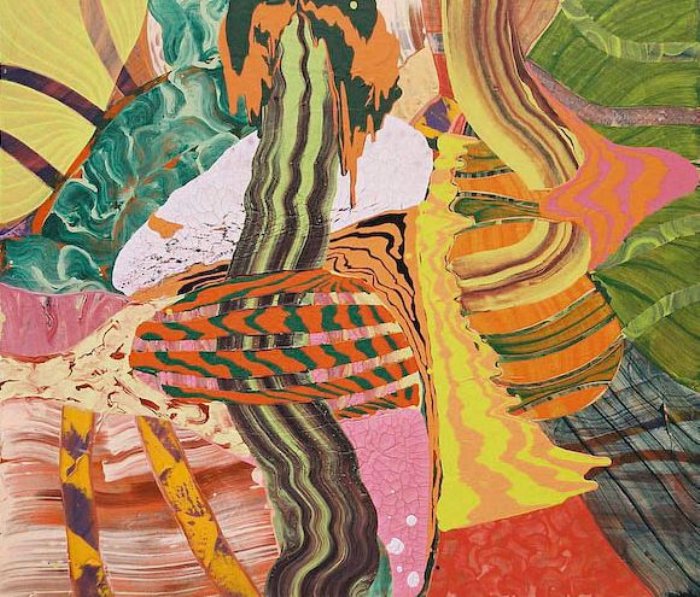
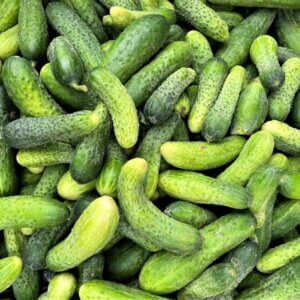





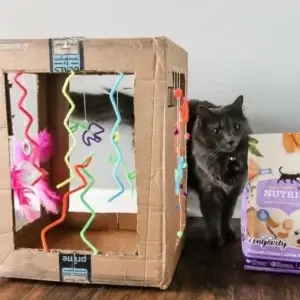

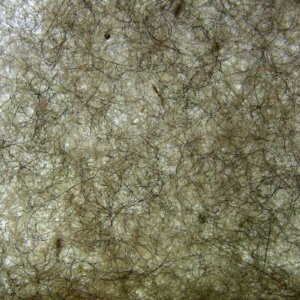
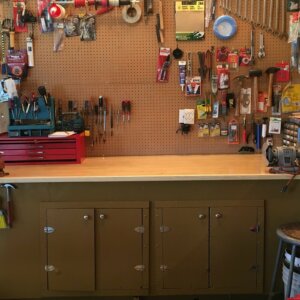



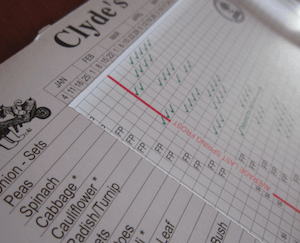

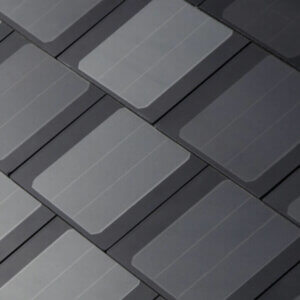




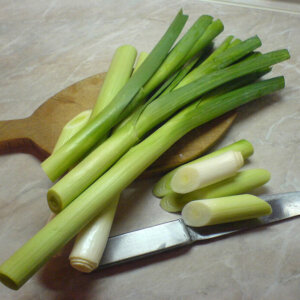
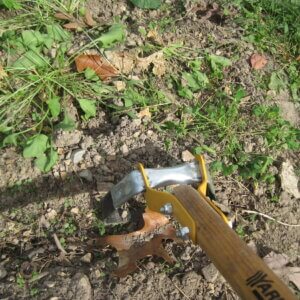

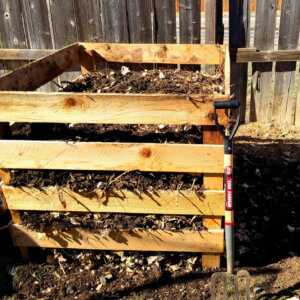
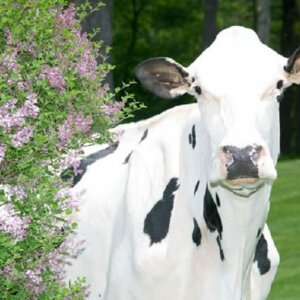
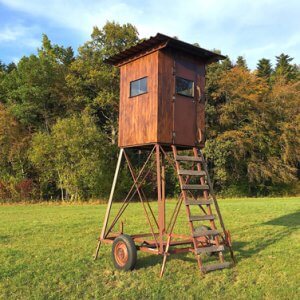






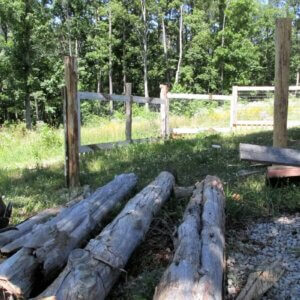
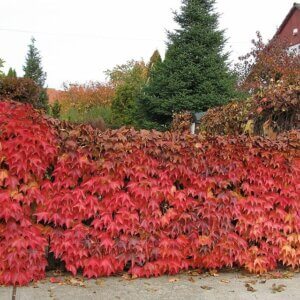
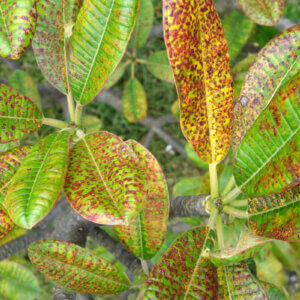




I am so amazed at this work of Art I just hope that one day I will be lucky enough to see this from close, and can’t wait.
Henrique, your work is astoundingly profound and provocative. I first saw it on ArtStack and can say I have never seen anything like it.
I am a photographer and my work is posted on ArtStack as well.
Your work is breathtaking and I hope you are still creating it as well as other media as well.
Best wishes for an amazing collection of work.
I find your work highly impressive and inspiring.
Powerful, visceral, exciting to ‘discover’.
I absolutely love your work.
dis is wicked
This is the Dead Man Walking
I think it’s great the way your works break into the space of the gallery or museum. Reminds me a little bit of David Mach.
I love these artworks they remind me of my own former figurative pastel work in the way colours bind together. I also love the way that this work combines with whilst cutting through the structure of the buildings, so beautifully balanced.
Wow! will have to suffice!! This work is so unique and powerful and such a mind expanding experience! May your creativity always flow and flow! Thanks for the ride!!
Blessings from the foothills of Mt Meru in Tanzania.
Mama C
Visual Poetics Indeed!!
I hope one day to be in the same room with your art!